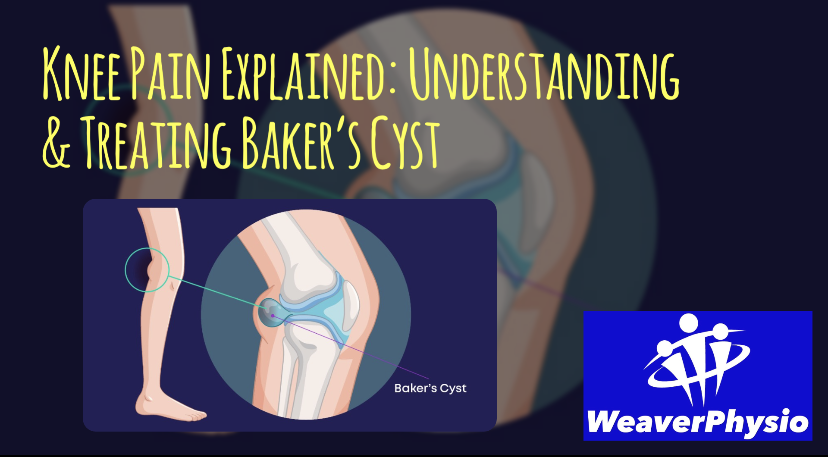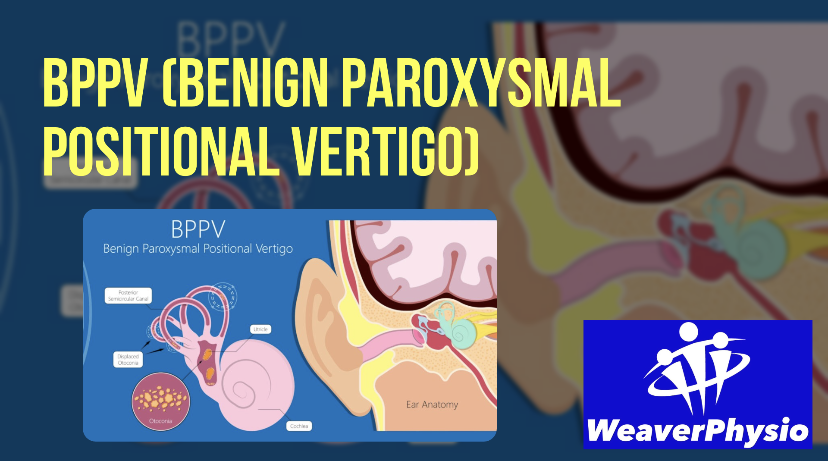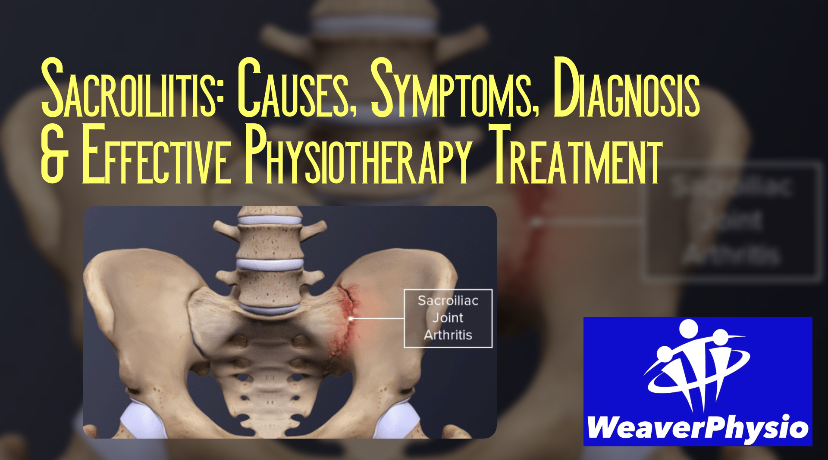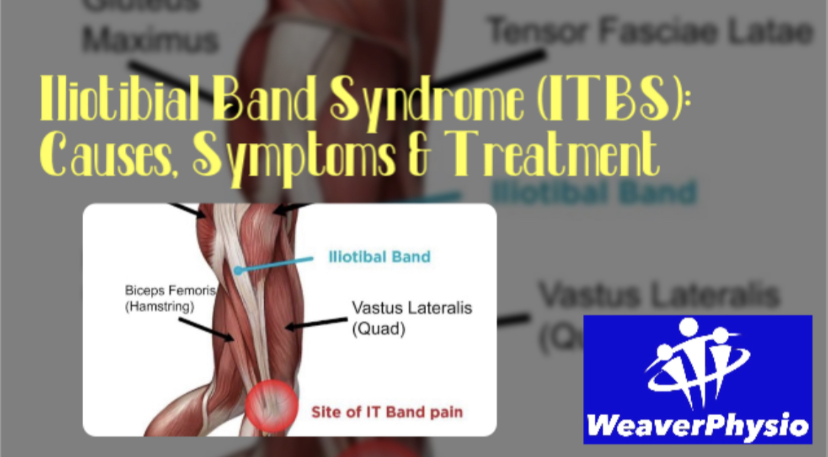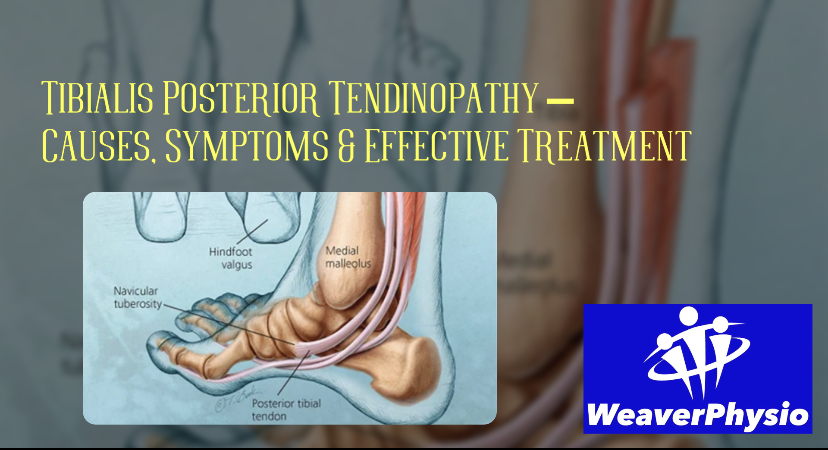Acute back pain treatment at Weaver Physio
Expert pain relief in Cheshire
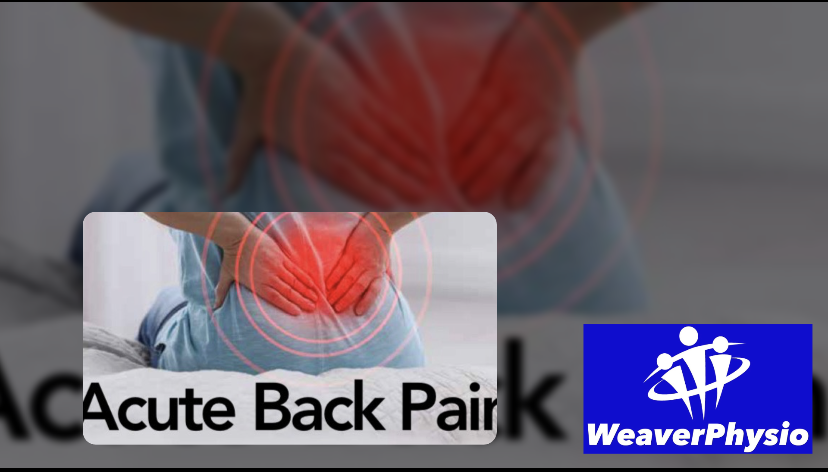
Acute back pain—also known as sudden-onset back pain—is very common and, in most cases, not serious. However, the pain can be incredibly intense and limiting. You might find it impossible to sit, stand, drive, go to work, lift your children, or continue your usual sport or fitness routine. For some, it’s severe and disabling; for others, it’s more of a persistent ache. At Weaver Physio in Northwich, we understand that pain is a personal experience influenced by your physical health, past injuries, and emotional response.
Acute back pain is often caused by muscle spasm or inflammation around the facet joints, and in some cases, related to a lumbar disc. It may be triggered by everyday movements such as bending, twisting, lifting, or even awkwardly reaching into your car boot. Interestingly, these are often actions you’ve done many times before—but something goes wrong on this occasion.
Muscle spasms act as a protective response, limiting movement to guard against further damage. You may find it hard to sit, stand, or walk, and often the most comfortable position is lying down.
At Weaver Physio, we want to reassure you: acute back pain can happen to anyone. It’s not always due to weak core muscles, poor posture, or flexibility issues. While strength and movement control can reduce your long-term risk, sometimes it’s just bad timing for your back.
Understanding the Anatomy
Your lower back is made up of vertebrae separated by shock-absorbing discs, connected by small joints called facet joints. These joints, along with surrounding muscles and ligaments, support your spine and allow movement. Just like pulling a hamstring or spraining your ankle, you can strain the muscles or ligaments in your back, causing pain and inflammation.
How to Treat Acute Back Pain
1. Anti-inflammatory Medication
Short-term use of NSAIDs (like ibuprofen) may help reduce pain and inflammation to allow easier movement. Always consult your GP or pharmacist before use.
2. Physiotherapy Treatment
Seeing a qualified physiotherapist early can significantly speed up your recovery. At Weaver Physio, we use hands-on techniques such as manual therapy, joint mobilisations, soft tissue release, massage, and therapeutic exercise to relieve pain and restore mobility. Treatments may also include heat therapy or electrotherapy to help relax tight muscles and reduce discomfort.
You’ll be encouraged to move as much as your pain allows, and we’ll guide you through safe, progressive exercises to support your recovery. With the right approach, most acute back pain resolves within days to a few weeks.
When to Seek Emergency Medical Care
Acute back pain rarely indicates something serious. However, seek urgent medical attention if you experience:
• Loss of bladder or bowel control
• Numbness around the groin or saddle area
• Shooting pain down both legs
• Sudden leg weakness or difficulty walking
• Severe trauma to your back (e.g. from a fall or accident)
• Fever, chills, or feeling acutely unwell
These symptoms may indicate a more serious condition such as cauda equina syndrome, which is a medical emergency.
Key Advice from Weaver Physio
• Most acute back pain doesn’t need scans or imaging.
• Rest can delay recovery—keep gently moving as much as possible.
• Avoid prolonged use of opioid medication.
• Education, reassurance, and early movement are key.
• Physiotherapy is safe, effective, and evidence-based.
Let Weaver Physio help you get back to living, working, and moving without pain. Same-week appointments available.
📞 Call 01606 227484 or book online at http://www.weaverphysio.com
#BackPainRelief #PhysiotherapyCheshire #AcuteBackPain #WeaverPhysio #NorthwichPhysio #CheshireHealth #FacetJointPain #DiscPain #BackSpasm #ManualTherapy #StayActive #MoveWell #CheshireFitness #LowerBackPain #PainFreeLiving #Middlewich #Winsford #Knutsford #Tarporley #Frodsham
